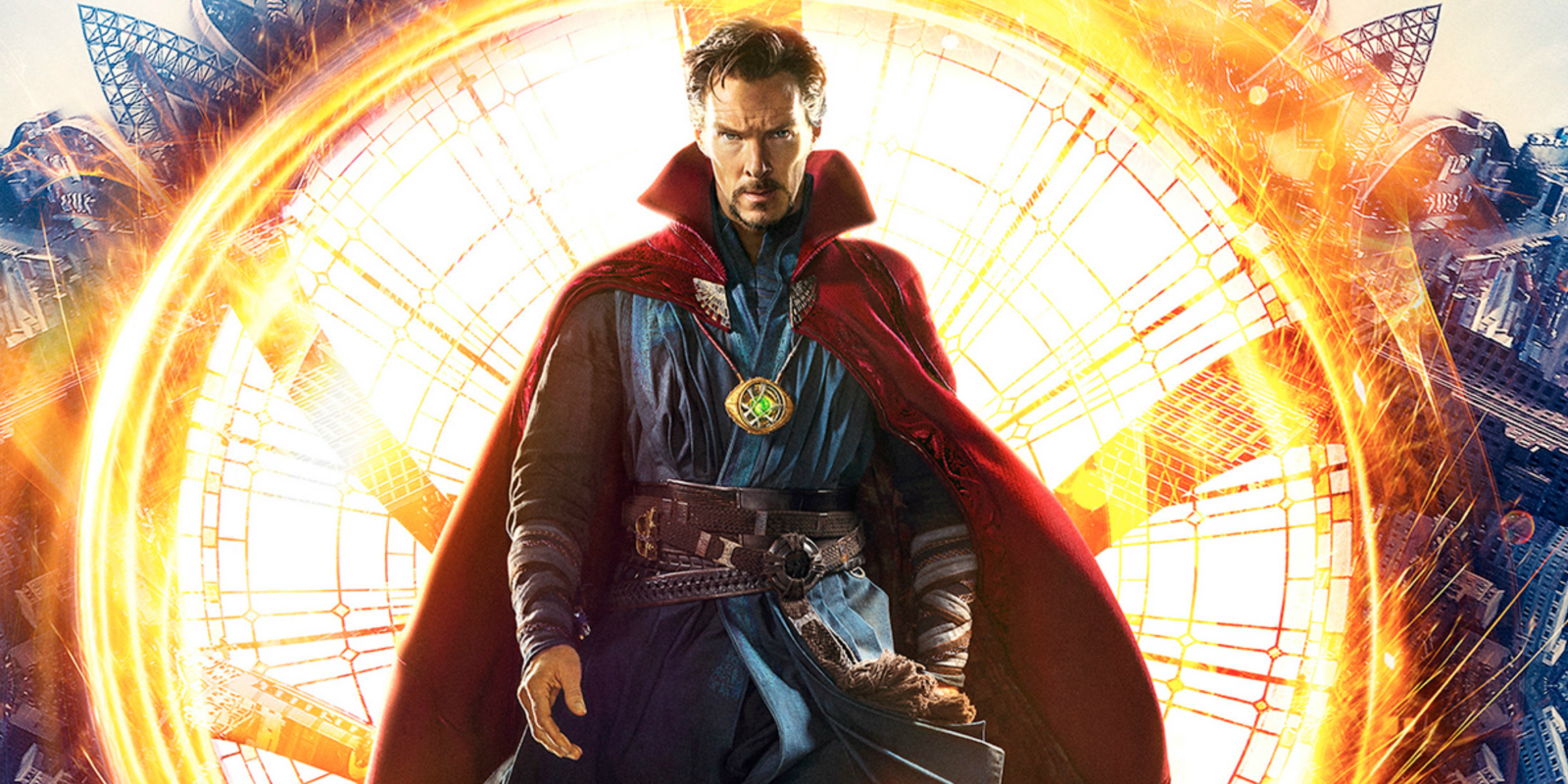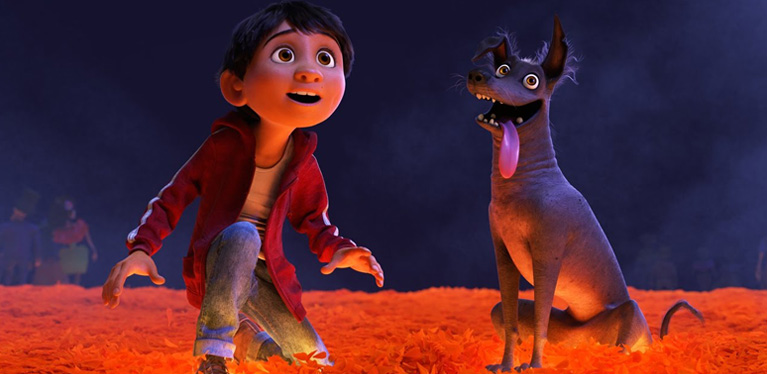Making an animated movie requires dedication and commitment. Animators go through the rigorous process of visualisation, storyboarding, sound effects, light effects, character modelling etc to create the final film. Each of these areas is critically important. But the one area that has taken the film and animation industry by storm over the last 10 years is visual effects, commonly known as VFX.
What is VFX?
VFX is the process of creating visually-enhanced imagery with the help of computer graphics. It is used when the animator chooses to depict something that cannot be shot in a live environment and has to be simulated in a virtual world. For e.g. movies dealing with natural disasters like Twister or creating an outer space environment, as in Gravity.
Techniques used in VFX
VFX, like animation, is a broad term. There are different techniques of creating visual effects. One or a combination of these techniques can produce the desired result.
- Augmented reality: This is used to create a virtual environment using real settings of the world environment. It supplements the information which is already visible to us in a more detailed and efficient manner.
- Crowd simulation: This involves creating a large set of crowd in an animated world. Scenarios like war, parties, crowded beaches, etc, use this technique o create the illusion of large groups of people. The interaction of the crowd with graphics and changes in the environment are supplemented to make it believable.
- Projection mapping: This is the latest in-demand technique that is being used by national and international companies during product launches. It enhances the user experience by displaying artwork, light and sound or a combination of all, for enhancing the event/movie. This is fast becoming the preferred choice to advertise and inform.
- Camera mapping: In this scenario, the animation is done from the point of view of the camera and not the object. This is the process of taking still images and bringing them to life in 2D & 3D animation by using various applications. It is mostly used for films and TV shows & ensures reduction of cost and increased flexibility
- Motion capture: It is the process of recording movement of people or objects and later digitizing and animating it into 2D or 3D format. This enables the animator to make a scene real. It is widely used in robotics, film making and even military experiments.
- Sound & light effects: Advancement of technology has aided animators in adding a rich experience to the art of movie making. This ensures that movies have the proper ambience and light effects to give a proper cinematic experience with believable reality.
Future of VFX
VFX is being widely used in many Hollywood movies, be it animated or live-action films. It has slowly become a part of the production process. Following this trend, VFX has also made a successful entry in the Indian film making industry. The future is bright and shining for animators and visual effects artists everywhere in the world.
- Growing at a fast pace: The industry will get bigger and better with cinema & television, video games and marketing embracing technology to widen their reach. There is demand for VFX artists in each of these fields. With creativity, talent and knowledge about VFX being the core criteria, ample job opportunities are available, making a fast career growth possible in this industry.
- New professional opportunities: With more and more companies recognizing the results and impact of VFX, new job opportunities are available in various other fields other than media & films. Sectors like corporate, medical, education, etc are also hiring animators & VFX artists.
- Learning & advancements: With new technology being launched almost everyday, VFX artists will always keep learning new methods of adopting and using technology.
Many films like Transformers, The Avengers, Harry Potter series, and World War Z have used VFX technology to make the situation believable for the audience. India has also embraced this technology in movies like Chennai Express, Ra.One, and Roadside Romeo.
Software giants like Autodesk & Adobe and production houses like Warner bro’s, Pixar etc always invest in new technologies to make it easier for modellers, animators, artists and movie directors. The purpose of developing technology to suit their purpose is benefitting people all over and will always continue to do so. We can only expect them to go forward and use technology to make the task easier in film making.


